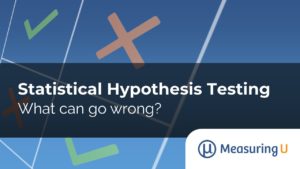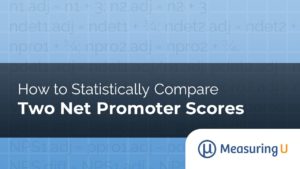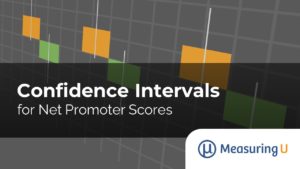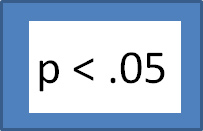
Eight Laws of Statistics
Statistics doesn’t have a Magna Carta, constitution, or bill of rights to enumerate laws, guiding principles, or limits of power. There have been attempts to articulate credos for statistical practice. Two of the most enduring ones are based on the work by Robert P. Abelson, a former statistical professor at Yale. If Abelson wasn’t the






